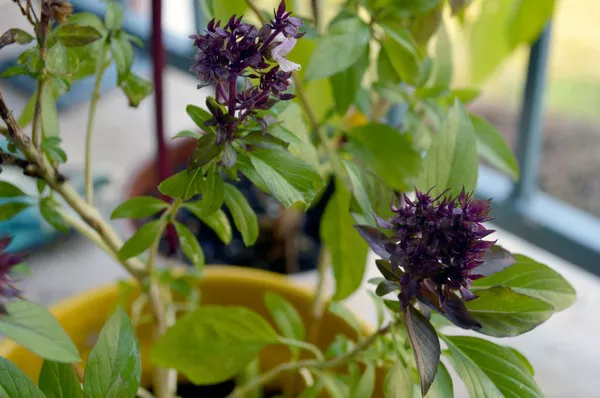In the heart of Brooklyn, Henry Grabar faced an escalating battle with knotweed, a relentless invader that threatened to overtake his peaceful garden retreat. Despite efforts with herbicides, the plant, known for its vigorous growth and resilience, persisted nearly impervious to traditional control methods.
The issue of invasive plant species extends far beyond individual gardens, with economic ramifications totaling billions annually. Weeds not only diminish crop yields, costing an average of $33 billion yearly, but also necessitate costly control measures that can reach an additional $6 billion. Furthermore, reliance on herbicides introduces concerns about resistance buildup and consumer acceptance.
Recent breakthroughs offer a potential remedy. Two pioneering studies have demonstrated the effectiveness of synthetic gene drives in plants, marking a significant step forward in agricultural innovation. This technology, previously successful in insects and mammals, manipulates inheritance patterns to spread genetic modifications rapidly through populations.
Traditionally, plants’ complex DNA repair mechanisms posed challenges for implementing gene drives effectively. However, innovative approaches outlined in these studies have overcome these obstacles, achieving an unprecedented 99 percent propagation rate of synthetic genetic payloads across generations. Computational models suggest that within 10 to 30 generations, gene drives could thoroughly infiltrate entire plant populations, offering a pathway to engineer traits that enhance susceptibility to herbicides or reduce reproductive capacities.
Paul Neve from the University of Copenhagen and Luke Barrett from CSIRO Agriculture and Food underscored the potential of gene drives to revolutionize agriculture by restraining agricultural weeds and invasive plants genetically. They emphasized the technology’s capacity to accelerate the breeding of crops with desirable traits, presenting a promising future for sustainable agriculture practices.
Gene drives function by leveraging CRISPR technology to modify genetic material, sidestepping traditional inheritance rules that dictate a 50/50 genetic contribution from parents. This advancement, though provocative, aims primarily at beneficial applications such as managing disease-carrying mosquitoes by rendering males sterile, thereby curbing disease transmission rates.
Initial attempts to deploy gene drives in plants encountered setbacks due to discrepancies in DNA repair mechanisms compared to insects and mammals. To circumvent these challenges, researchers employed a novel “toxin-antidote” system, meticulously tested in a self-pollinating mustard plant—a staple of plant science research. By integrating CRISPR-based mechanisms to disrupt vital genes in pollen, the studies effectively ensured that only offspring inheriting the antidote gene survived, thus driving rapid propagation of desired genetic traits.
While the potential benefits of gene drives in agriculture are profound, ethical and ecological concerns persist. Debate surrounds their impact on ecosystems and the possibility of unintended genetic alterations. As regulatory frameworks evolve, researchers continue to refine gene drive technologies to mitigate risks and maximize benefits responsibly.
The journey from laboratory success to widespread implementation faces hurdles including public perception and regulatory approval. However, the successful implementation of gene drives in plants marks a pivotal achievement, offering hope for future solutions to agricultural challenges and, potentially, urban gardening woes like Henry Grabar’s knotweed invasion.


